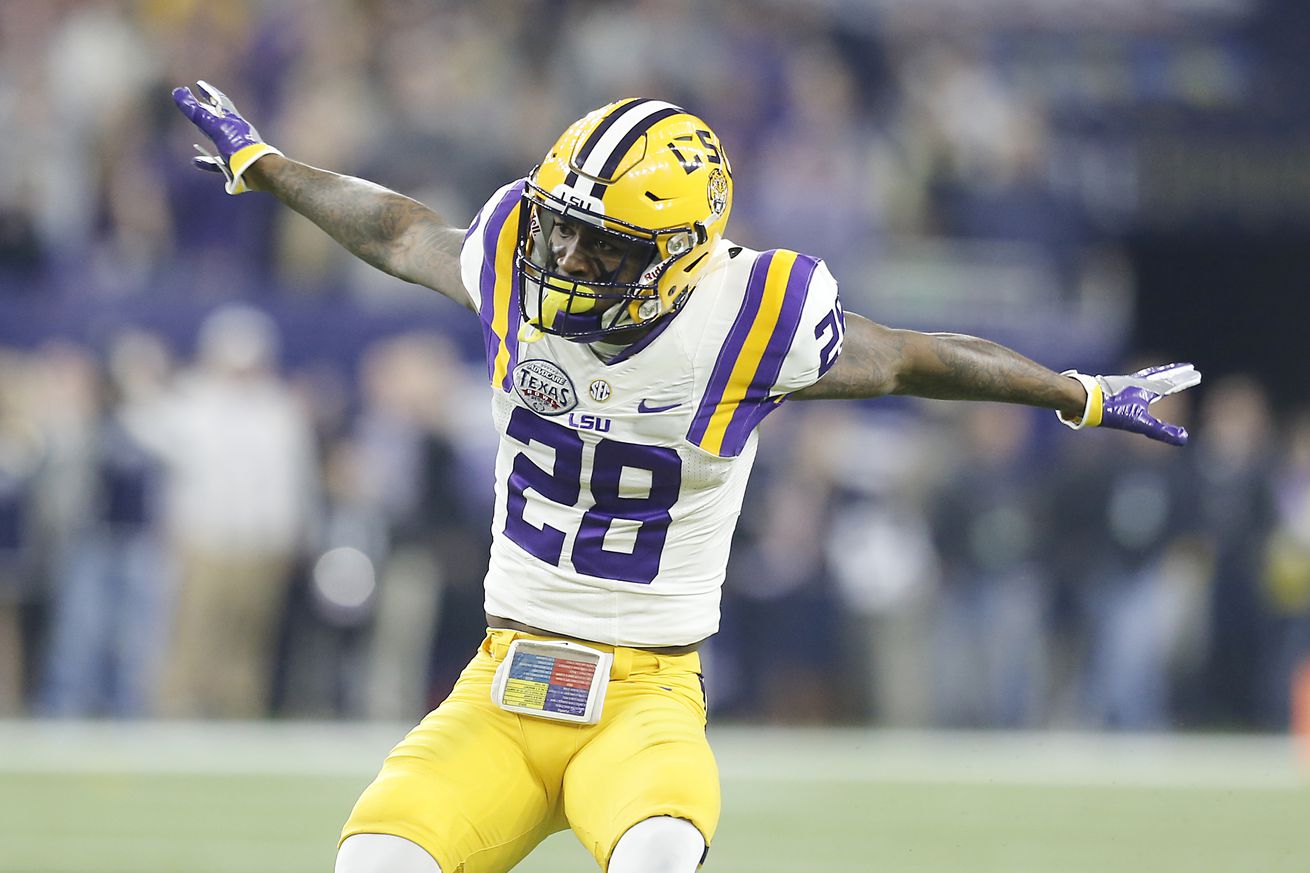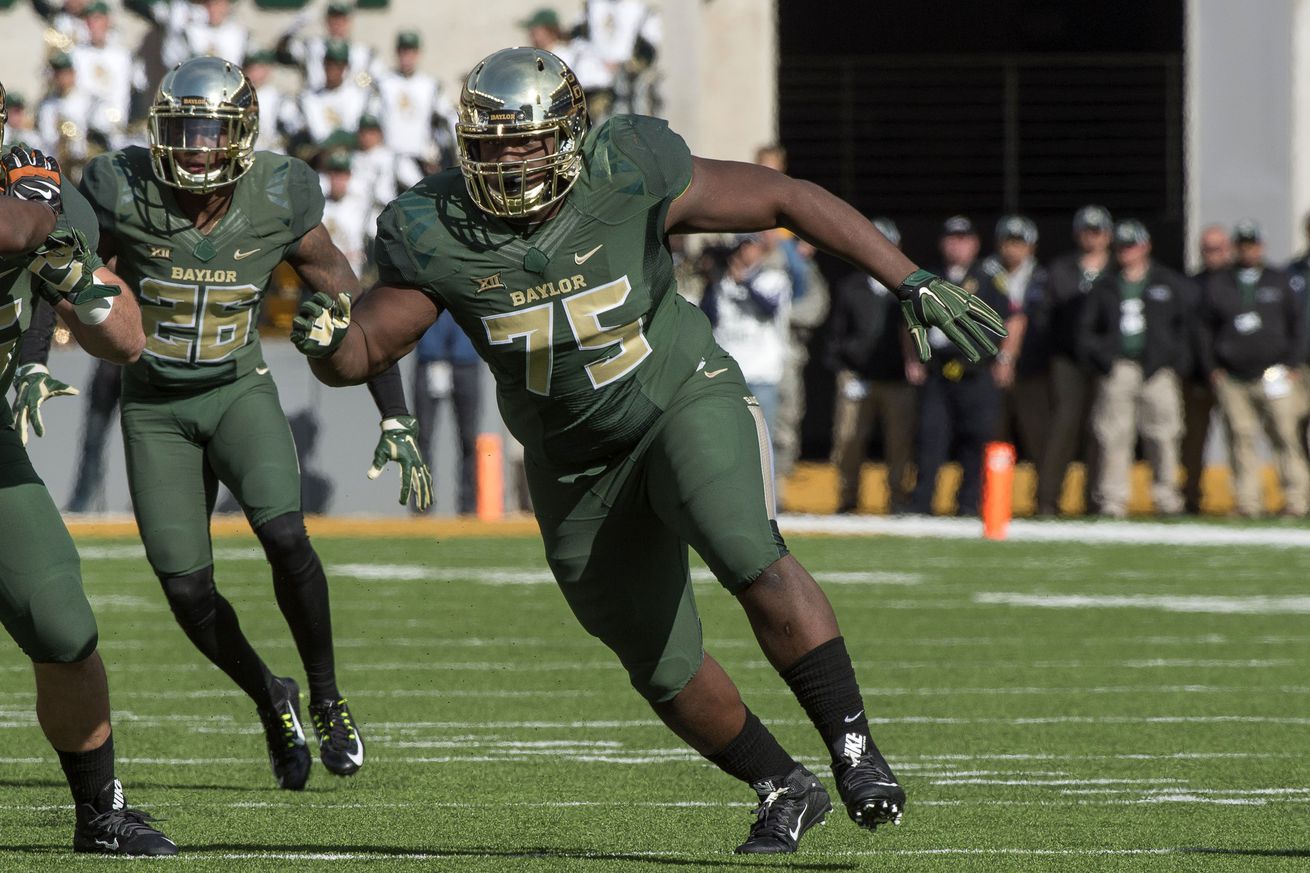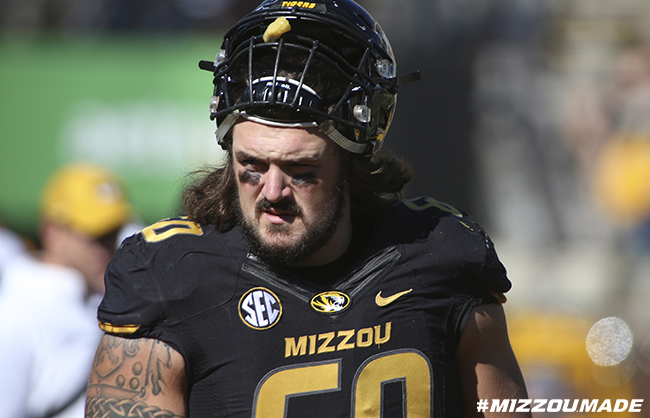Scouting the NFL draft using statistical analysis. Follow me on twitter, @BrendanMcAdoo
Saturday, April 30, 2016
Friday, April 29, 2016
Thursday, April 28, 2016
2016 NFL Draft Prospect Projections and Rankings
Here is a complete list of my 2016 NFL draft projections. These were created by taking various productions, physical, and personal numbers for players and running them through a multiple linear regression. Each position group has their own regression. If a player isn't listed here, they either didn't have enough data to be listed or aren't projected to be drafted. If there is an asterisk next to a player's name, one of the data points used in the regression were estimated.
Complete projections: https://docs.google.com/spreadsheets/d/1Y_J3hrwHkHuyTfJrDFh6AmMCTu6fX13V268V2NRH0tA/edit?usp=sharing
Next will be my personal top 10 players at each position. This is a combination of my analytics and my scouting eye. I'll be using this, combined with the projections to make my picks for the Cleveland Browns shadow draft.
QB:
- Jared Goff
- Carson Wentz
- Paxton Lynch
- Connor Cook
- Brandon Allen
- Cardale Jones
- Vernon Adams
- Dak Prescott
- Brandon Doughty
- Kevin Hogan
RB:
- Ezekiel Elliott
- Derrick Henry
- Alex Collins
- Kenneth Dixon
- Jordan Howard
- Paul Perkins
- CJ Prosise
- Jonathan Williams
- Kelvin Taylor
- DeAndre Washington
WR:
- Corey Coleman
- Will Fuller
- Leonte Carroo
- Josh Doctson
- Tyler Boyd
- Sterling Shepard
- Laquon Treadwell
- Pharoh Cooper
- Michael Thomas
- Paul McRoberts
TE:
- Hunter Henry
- Austin Hooper
- Tyler Higbee
- Nick Vannett
- Temarrick Hemingway
OT:
- Laremy Tunsil
- Jason Spriggs
- Ronnie Stanley
- Taylor Decker
- Jack Conklin
- Germain Ifedi
- Le'Raven Clark
- John Theus
- Jerald Hawkins
- Joe Haeg
OG:
- Cody Whitehair
- Joshua Garnett
- Connor McGovern
- Isaac Suemalo
- Christian Westerman
- Vadal Alexander
- Graham Glasgow
- Joe Dahl
- Anthony Fabiano
- Spencer Drango
OC:
- Ryan Kelly
- Nick Martin
- Evan Boehm
- Jack Allen
- Spencer Pulley
DT:
- Deforest Buckner
- Kenny Clark
- Andrew Billings
- Sheldon Rankins
- Austin Johnson
- Jonathan Bullard
- Javon Hargrave
- Vernon Butler
- Sheldon Day
- Dean Lowry
DE:
- Joey Bosa
- Emmanuel Ogbah
- Shaq Lawson
- Leonard Floyd
- Noah Spence
- Kevin Dodd
- Bronson Kaufusi
- Carl Nassib
- Charles Tapper
- Shilique Calhoun
LB:
- Myles Jack
- Darron Lee
- Joshua Perry
- Jaylon Smith
- Reggie Ragland
- Su'a Cravens
- Deion Jones
- Nick Vigil
- Blake Martinez
- Jatavis Brown
CB:
- Jalen Ramsey
- Eli Apple
- Vernon Hargreaves
- Sean Davis
- Artie Burns
- Mackensie Alexander
- Jalen Mills
- William Jackson III
- Morgan Burns
- Zack Sachez
S:
- Jeremy Cash
- TJ Green
- Karl Joseph
- KJ Dillon
- Darian Thompson
Tuesday, April 26, 2016
Cleveland Browns Shadow Offseason: 2016 QB Draft Class Analysis
Even though we managed to sign Robert Griffin III on the cheap, the Browns still have a massive hole at quarterback. Considering the overall impact that the quarterback has on a football team, it’s reasonable to think that it might be worth our while to select one with our second overall pick in order to give ourselves the best shot of ending up with an adequate starter. Think of it this way, if we assume that both Robert and a 2nd overall QB has a 30% chance of being an adequate starter, then drafting a QB at number 2 increases our overall odds of having at least one adequate starter to 51% from 30%. That could mean the difference between a 4-12 disaster season, or an 8-8 rebound.
Logistic Regression Models
Let’s take a quick look at the draft environment based on the analytics. This chart shows the percent chance that a quarterback falls into one of four brackets: stars, starters, backups, and busts. Each of these percentages were derived from four logistic models using various production, age, and physical data.
This analysis shows there to be 3 QBs in the class with over 30% chance of being a star QB in the NFL. For comparison to last year, Jameis Winston had a 38% star chance and Mariota had a 22% star chance. The next highest number in 2015 was only 13% from Garrett Grayson.
The standout here is California QB Jared Goff. With an 84% star chance and 9% starter chance, Goff looks to be a blue chip prospect with this analysis. Following behind him, Wentz and Cook set the next tier with about 30% star chance. It should be noted that both these guys, however, are not surefire safe picks. Both guys have above a 50% chance of being a backup or worse. Both guys seem more like a mid to late first rounder rather than a top 10 pick.
It’s a good year for late round lottery tickets. Brandon Allen, Kevin Hogan, Brandon Doughty, and Vernon Adams all have above a 2.5% star chance, all with projected draft slots lower than 180 overall. This may seem small, but when considering the odds on QBs taken in around the 6th round, those are fantastic odds.
If you want a safe contributor outside of the first few QBs, look no further than Cardale Jones. Wait, what? This one seems a bit counterintuitive, but the model likes Cardale to have over a 65% chance of being at least a backup level quarterback. While he has a “safe” profile, the model sees very little chance of him being a star. This is because of the wide receiver market share portion of the models. “Market share” is a simple concept, it’s just a receiver's yards divided by the total team’s receiving yards. This metric helps provide context for receiver production, adjusting for passing volume, and some schemes. For every quarterback, I include their top receiver’s market share numbers in the models. This can show how much (or little) a quarterback relies on their top target. While many backup and starter level QBs have high market shares, star level quarterbacks tend to have very small market share numbers (when normalized for other factors). Cardale fits that sort of bill.
The big “bust” here is Paxton Lynch. The reason for this is his extremely low interception percentage. Wait, wouldn’t we assume that a low interception rate would be ideal? Think again. Here are the top 5 lowest interception rates adjusted for year in the past 12 years in order: Kevin Kolb, Jimmy Clausen, Brodie Croyle, Stefan Lefors, and Kellen Clemens. 4 of these guys were drafting within the first 3 rounds and all of them are complete busts. Good quarterbacks should be taking calculated shots down the field, not dumping off passes to avoid interceptions. Many QBs that have been critiqued in the NFL for being too conservative, such as Kolb, Alex Smith, and Kyle Orton had extremely low interception rates coming into the NFL.
Filter model
As I’ve posted about on this blog before, I have an informal filter model that I use to identify potential “red flag” quarterbacks. The model focuses on ruling out QBs based on red flags, rather than looking at the things they do extremely well. This line of analysis seems to make sense as many quarterbacks tend to be limited or fail because of “one fatal flaw”. He’s the list of passing QBs this year, if they are drafted:
Name
|
Comp
|
Y.A
|
AY.A
|
Att.TD
|
Att.INT
|
WR.MS
|
Jared Goff
|
0.906
|
1.319
|
1.301
|
0.622
|
-0.141
|
0.430
|
Paxton Lynch
|
1.298
|
0.983
|
1.301
|
0.423
|
3.527
|
0.333
|
Dak Prescott
|
1.196
|
0.563
|
0.896
|
0.387
|
2.724
|
0.397
|
Brandon Doughty
|
2.165
|
1.739
|
1.647
|
0.681
|
0.870
|
0.620
|
Brandon Allen
|
1.145
|
1.655
|
1.590
|
0.620
|
0.150
|
0.565
|
Cody Kessler
|
1.298
|
0.479
|
0.780
|
0.448
|
1.064
|
0.718
|
Vernon Adams
|
0.974
|
2.412
|
2.341
|
0.754
|
-0.011
|
0.542
|
Goff pops up on this list as well, further pushing the point that he is the top QB on the board. He gets somewhat close to not passing, but this model should not be viewed in that way. Wentz and Cook fall off with this analysis, leaving Goff as the only true “elite” option at the position this year.
The curious case of Paxton Lynch continues here. He completely falls flat in the logistic models, but passed through the filter. This is because while he has a clean profile otherwise, the extreme interception rate stands. This filter only adjusts for “negative” red flags, so I didn’t punish him for having a really good rate. It’s something I’m considering adding for the next iteration of this filter.
Allen, Doughty, and Adams continue their sleeper status through this analysis. It’s looking like a great year to take a shot on a guy in the mid rounds that has a chance to be a stud, given time to acclimate to the NFL.
Similarity Scores
A similarity score is exactly what it sounds like, it measures how similar a player is to other players. This will generate a list of comparable prospects that may reveal something about the prospects that are looking at. It would take way too long to list every prospects’ comparables, so I’ll just list a few that I found interesting:
Jared Goff -> John Elway
Carson Wentz -> EJ Manuel
Paxton Lynch -> Ben Roethlisberger
Connor Cook -> Jay Cutler
Christian Hackenberg -> Dave Ragone
Brandon Doughty -> Kliff Kingsbury
Brandon Allen -> Dennis Dixon
Vernon Adams -> Russell Wilson
Hellooooooo, Vernon Adams. A comp that many traditional scouts are making is somewhat backed up by the models. While Vernon is extremely similar to Russell in stature, yards per attempt, and market share, Russell is leagues ahead in completion percentage and interception rate. Maybe a higher variance Wilson comp is more apt? Certainly worth a look in the mid/late rounds.
The Cook/Cutler connection is interesting as well, just as far as the character concerns. Both guys seem to have abrasive personalities that alienate teammates, but with some football skills still there. It definitely seems possible that Cook has a tumultuous career similar to Cutler’s.
Keep in mind that the sim scores are mostly descriptive, and should be taken with a grain of salt. They are mostly for fun than anything else.
Rankings
Separated into tiers, here’s how I see the 2016 QB Class:
Tier 1:
Jared Goff
Tier 2:
Carson Wentz
Paxton Lynch
Connor Cook
Tier 3:
Cardale Jones
Brandon Allen
Vernon Adams
Dak Prescott
Cody Kessler
Goff is just light years ahead of the pack. He has a clean statistical profile, and when I put on the tape I see fantastic pocket presence that’s extremely rare to see from a prospect his age. He’s got a good enough arm, and with some adjustment to a full NFL offense, should be a cornerstone piece of a franchise. He’s a top QB prospect, and tops my board for this year’s draft.
The next tier is full of guys that look great by some measures, but have scary red flags elsewhere. Wentz looks great on the logistic models, but doesn’t pass the filter. Cook also looks good on the regressions, but fails the filter and seemingly has problematic character issues. Lynch passes the filter, but atrociously fails the regressions. Is he a cog in the system and can’t take risks as a passer? It’s really hard to tell at this point in his career. I’d be happy with taking these guys in the second, and possibly as high as the late first. Definitely could end up as franchise players, but just too much risk to take in the top 15 picks in the draft.
The last tier are guys that all could end up as solid starters, but it’s likely that they will end up as backups. There’s a mix of high floor (Jones, Kessler, Prescott) and high upside (Adams, Allen), so there is some flexibility in that sense if you are trying to pick one of these guys up in the later rounds. Given the going rate for quarterbacks in today’s NFL, I wouldn’t hate taking one of these guys at any point after the third. Luckily, a few of these guys should be available even later than that.
Subscribe to:
Comments (Atom)



